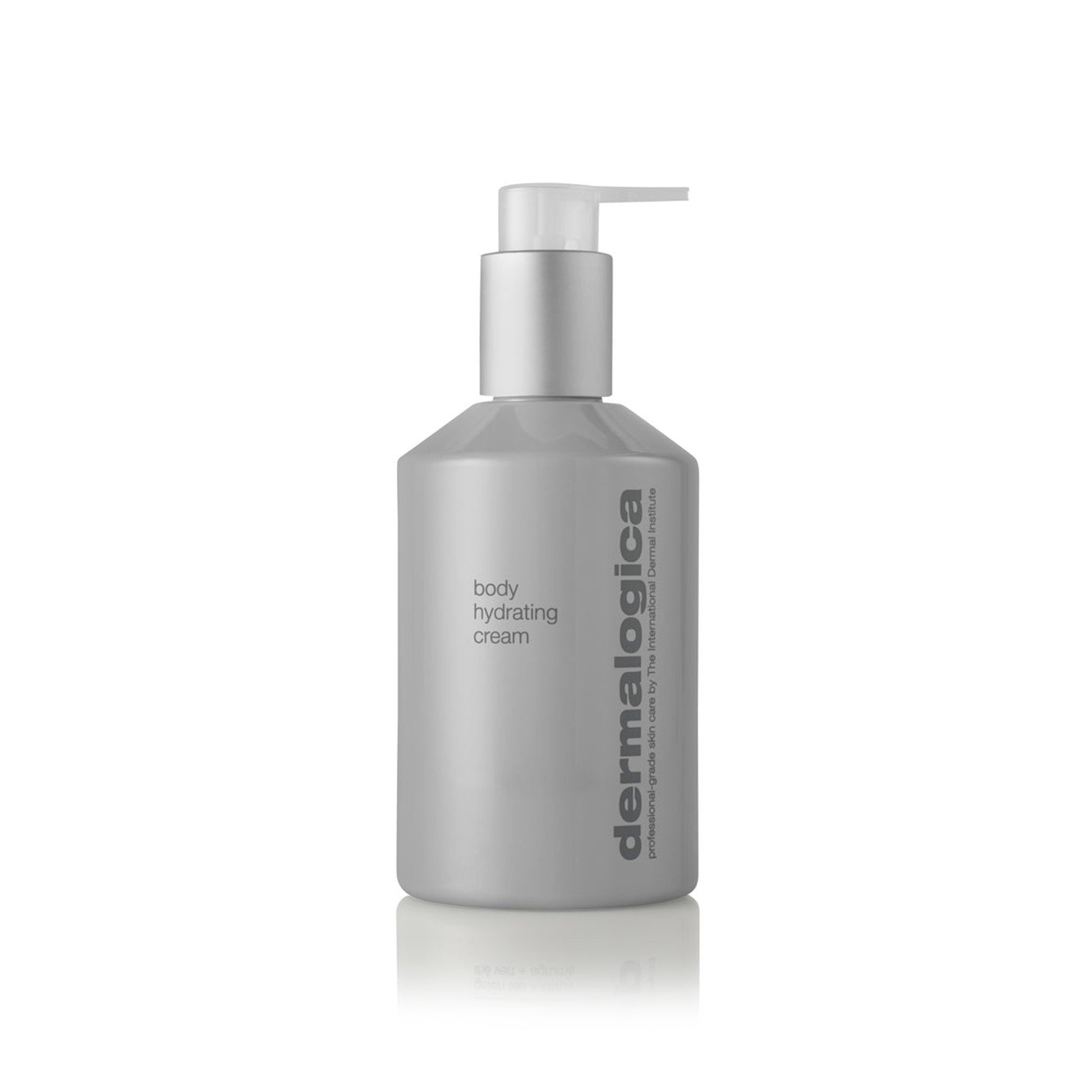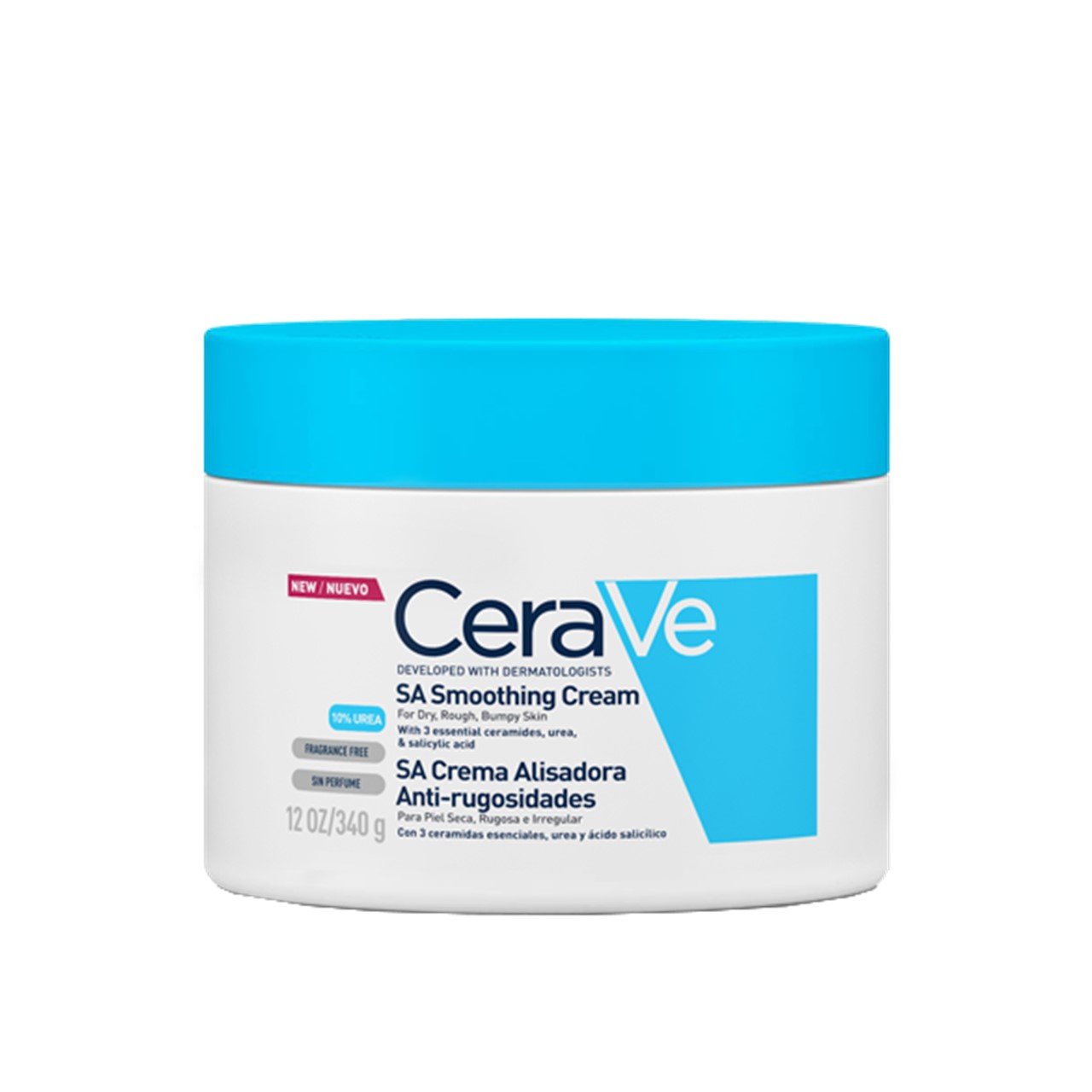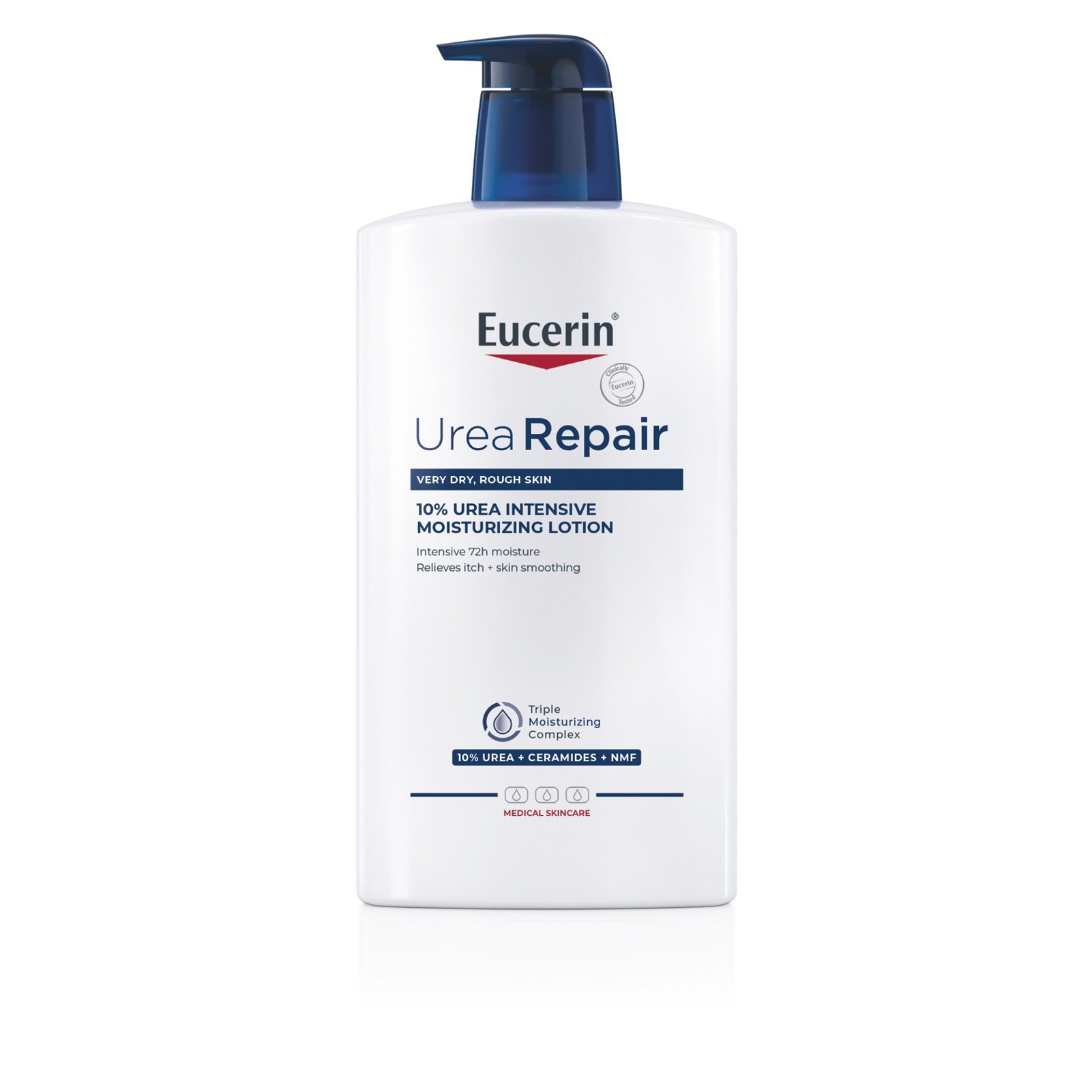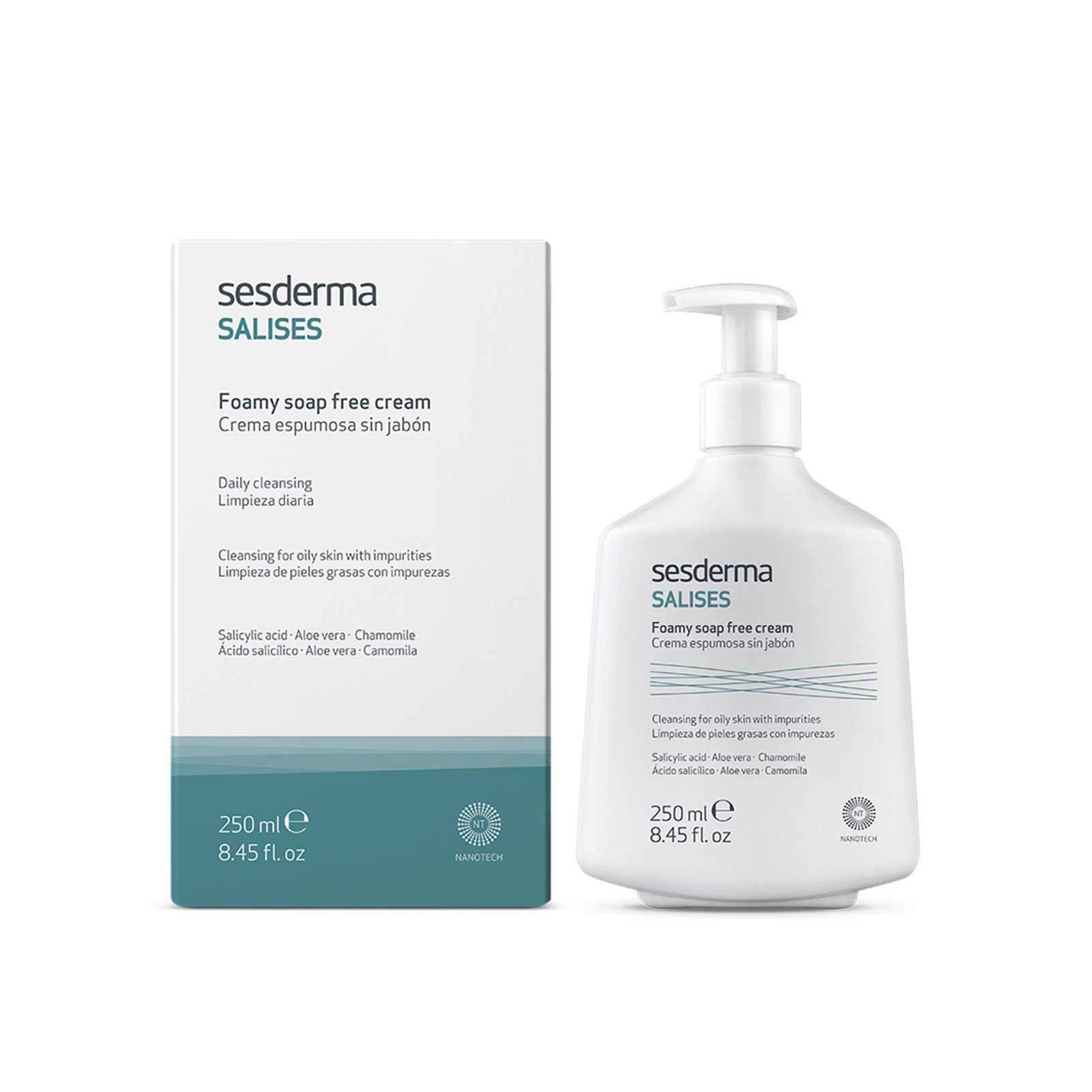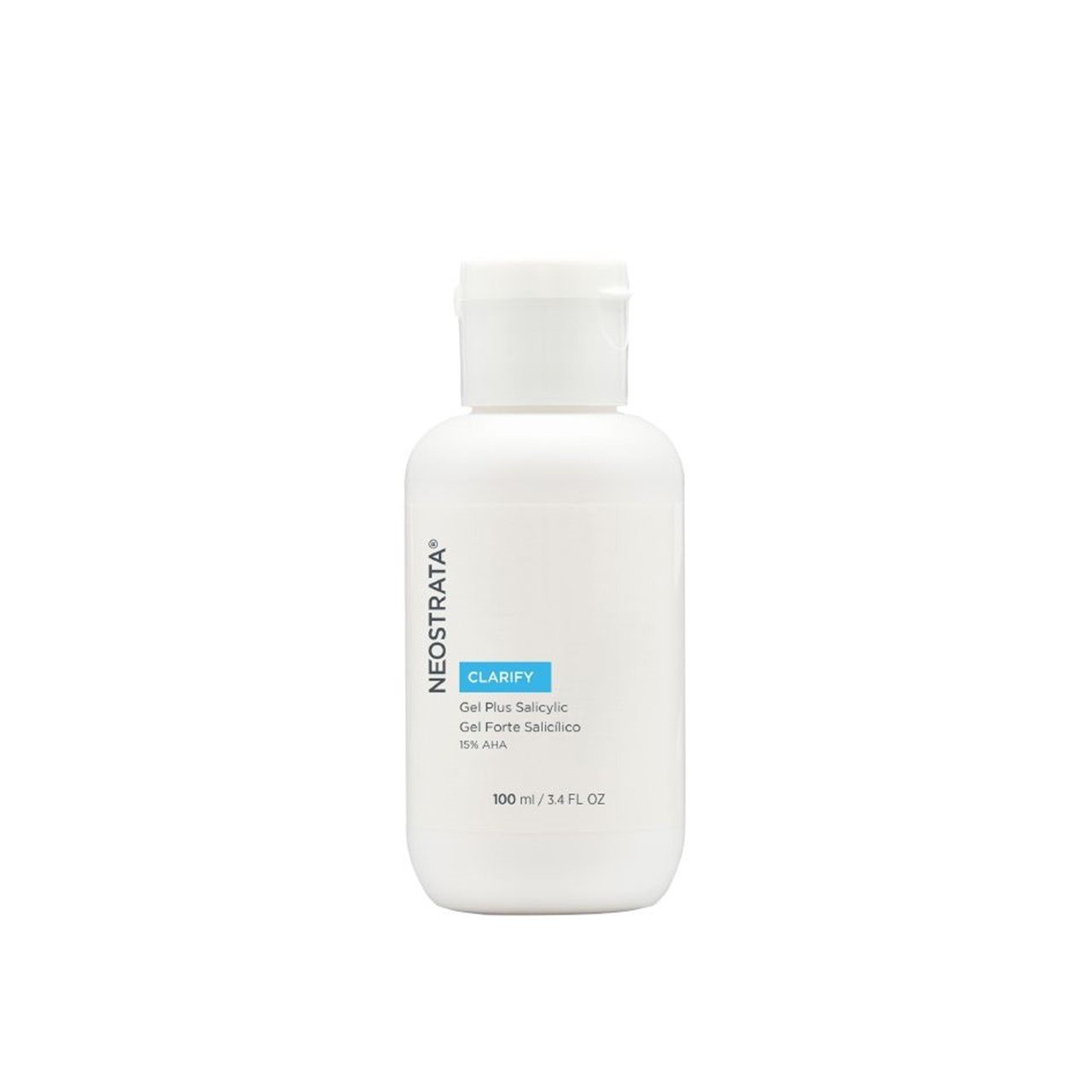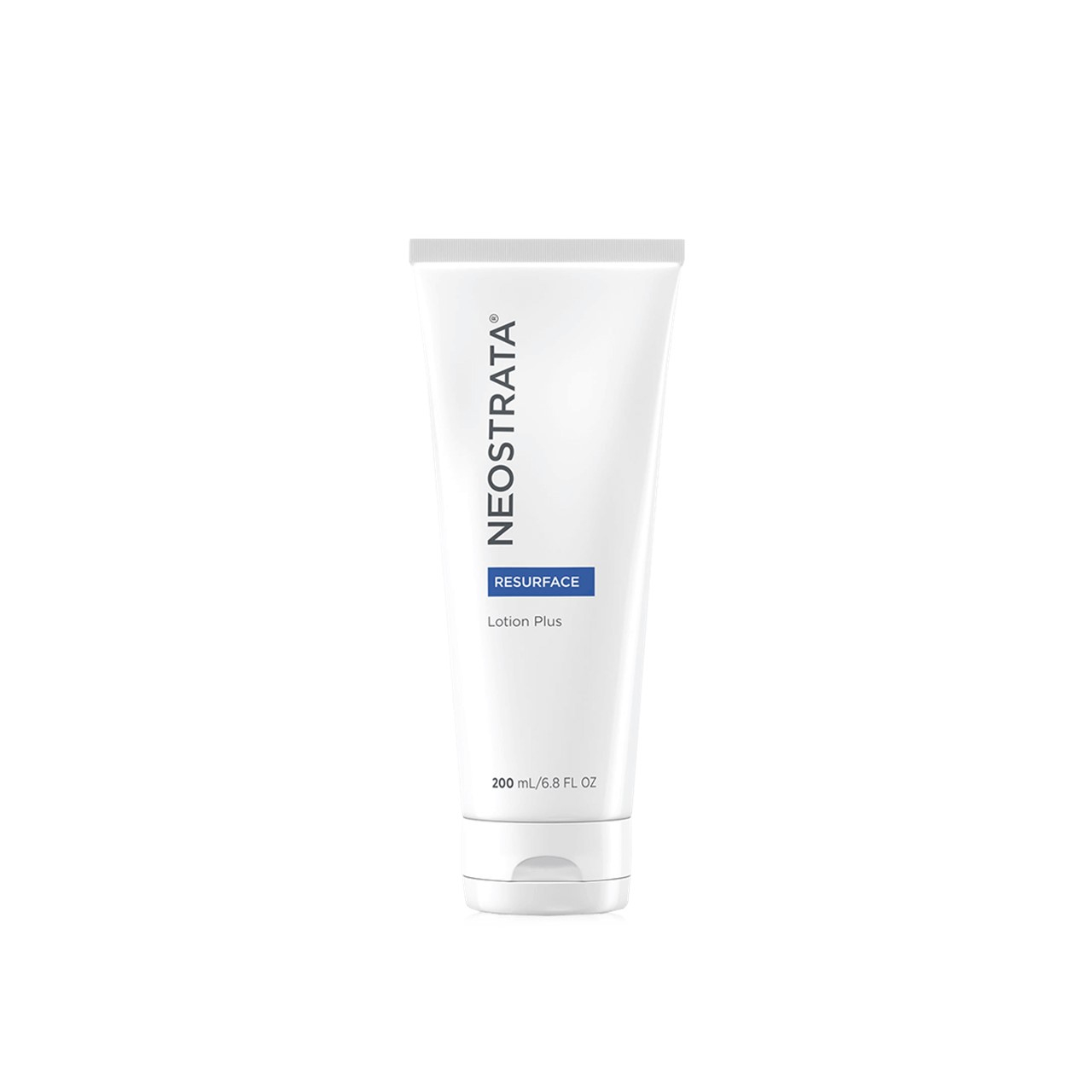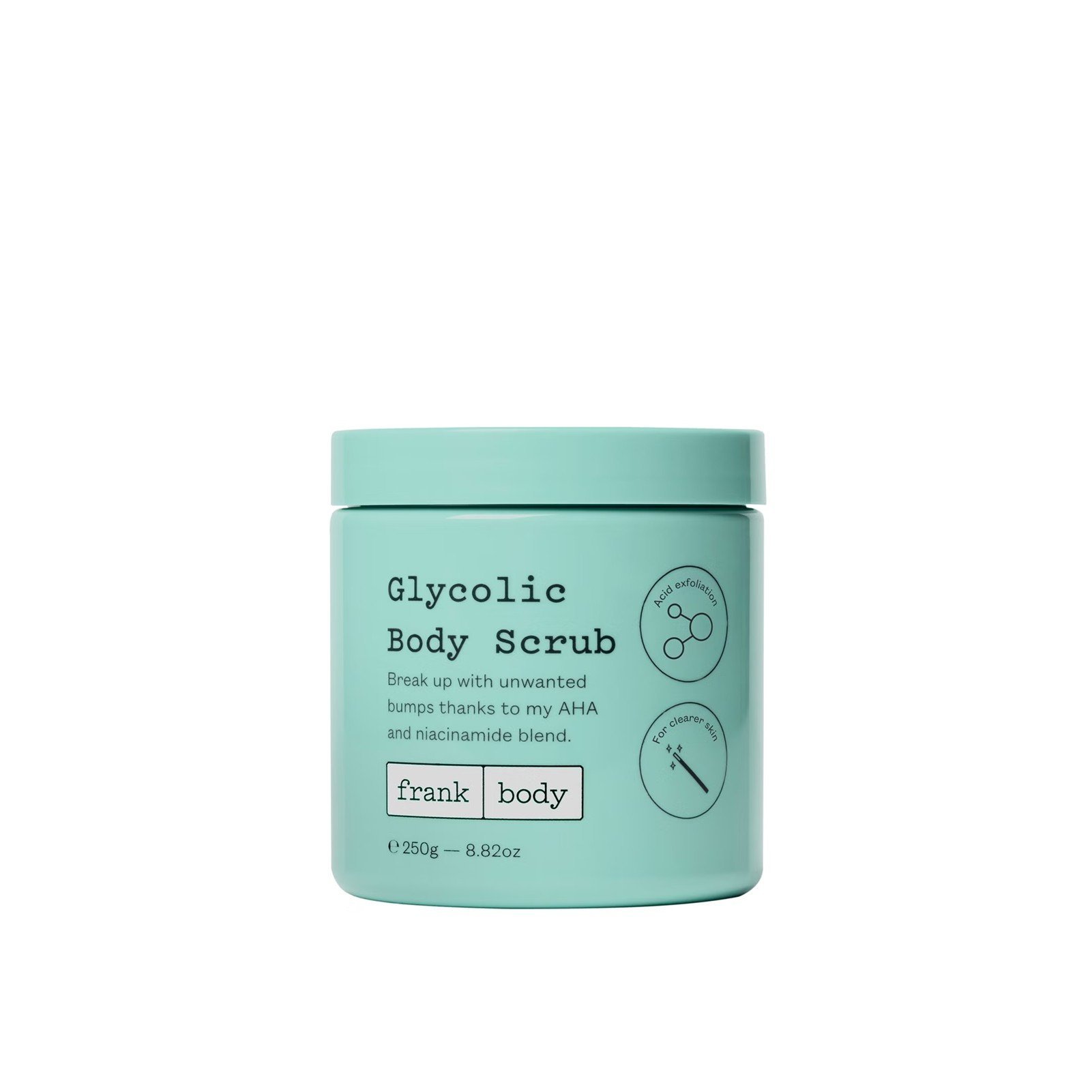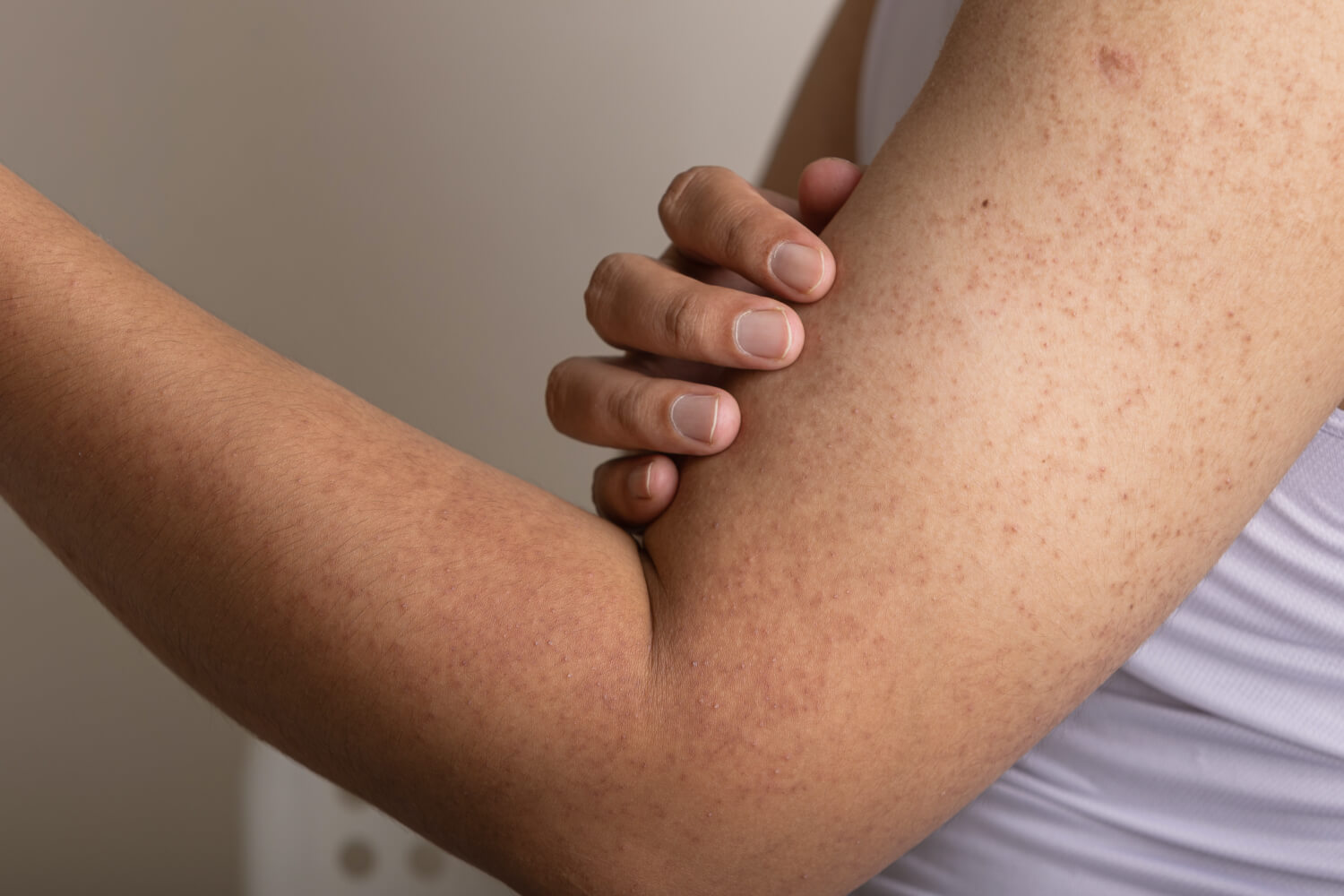
Call it “chicken skin”, call it “strawberry skin”, call it whatever you like–it’s very likely that those tiny, painless, colorless bumps on your arms and legs are all keratosis pilaris. Now, don’t be alarmed by the name! Keratosis pilaris is a benign, primarily cosmetic skin condition that can be managed with appropriate skincare products. Keep reading to learn how!
What is keratosis pilaris?
Keratosis pilaris (KP) is the scientific name for a skin condition that, in its usual form, is just cosmetic. Usually, it consists of small bumps on the skin of about 1mm in diameter, which may or may not be red in tone. These small bumps can be scattered on the skin or clustered together, and they often appear on the arms and legs. Occasionally, they may also appear on the face or other regions of the body.
There is no consensus on what causes keratosis pilaris, but there are two leading theories: one states that keratosis pilaris has to do with excessive keratinization of skin cells, the other states that it might actually be related to the hair shaft, and not the skin itself.
Is keratosis pilaris contagious?
Keratosis pilaris isn’t contagious. It’s a skin condition that causes small bumps to appear on certain areas of the body, but it should not be confused with a skin infection of any kind–it’s harmless, painless, and absolutely not contagious.
Is keratosis pilaris itchy?
Keratosis pilaris bumps are most often colorless and painless. Sometimes they can be itchy, but not always!
Does waxing help keratosis pilaris? What about laser hair removal?
Keratosis pilaris doesn’t play well with all forms of hair removal–if you have keratosis pilaris on your legs, for instance, shaving or waxing might actually irritate the skin and make the bumps more noticeable. If you’re willing to try it, laser hair removal may be a better alternative.
Does keratosis pilaris ever go away?
Keratosis pilaris can improve as you age; indeed, keratosis pilaris is very common among children and teens, and about a third of them will see it disappear before they become adults.
In addition to age-related changes, it is also common for keratosis pilaris to improve or worsen with the seasons, with improvement being most common in the summer.
How can you treat keratosis pilaris?
You can’t exactly “treat” keratosis pilaris, but you can manage it and bring it to a point where it’s not as noticeable. At home, this management involves using skincare products that keep your skin exfoliated and hydrated, leading to fewer accumulated dead skin cells and fewer bumps.
How to pick a cream, lotion, or moisturizer for keratosis pilaris
As we mentioned, keratosis pilaris can be managed at home with skincare products that help keep your skin exfoliated and hydrated. That’s all well and good, but how do you actually do that?
To get you started, here are some ingredients you just can’t go wrong with:
Lactic acid
Lactic acid is the go-to ingredient for managing keratosis pilaris. It’s an alpha hydroxy acid (AHA), but it’s got one feature that sets it apart from other AHAs, and that’s it moisturizing properties. Truly, if the best way to manage keratosis pilaris is to exfoliate and moisturize your skin, you can’t go wrong with an ingredient that does both!
Urea
Urea is an intriguing skincare ingredient because the results it produces depend on the concentration of the ingredient in the formula. If you choose a product with up to 10% urea, it will be a moisturizer; above that concentration, it will become an exfoliant. Urea is a very common ingredient in body products, so there are a variety of products to choose from.
Salicylic acid
Salicylic acid can be used to enhance the effectiveness of other ingredients, and one of the best ways to do this is to combine a salicylic acid cleanser with a moisturizer that contains another key ingredient that will provide your desired results. Just remember to let the salicylic acid cleanser sit on your skin for a few minutes, just to make sure it has time to work!
Glycolic acid
Glycolic acid doesn’t have a lot of scientific evidence to show that it can help reduce keratosis pilaris, but there’s no denying that people use it and find that it tends to work. If you’re looking to try glycolic acid in your keratosis pilaris body care routine, it could be a good choice, especially if you’re looking to combine anti-aging with treating the condition!
Now you know the basics: to manage keratosis pilaris and minimize the appearance of bumps, the secret is to exfoliate and moisturize your skin. Some ingredients, such as lactic acid or urea, can be great allies in this mission, but they are not the only ones: make sure to drop by the shop to find more solutions for keratosis pilaris and bumpy skin!
Pharmacy Technician & Beauty Writer


![Rilastil Xerolact [18%] Balm Sodium Lactate 18% 100ml](https://static.beautytocare.com/media/catalog/product//r/i/rilastil-xerolact-18-balm-sodium-lactate-18-100ml.jpg)
